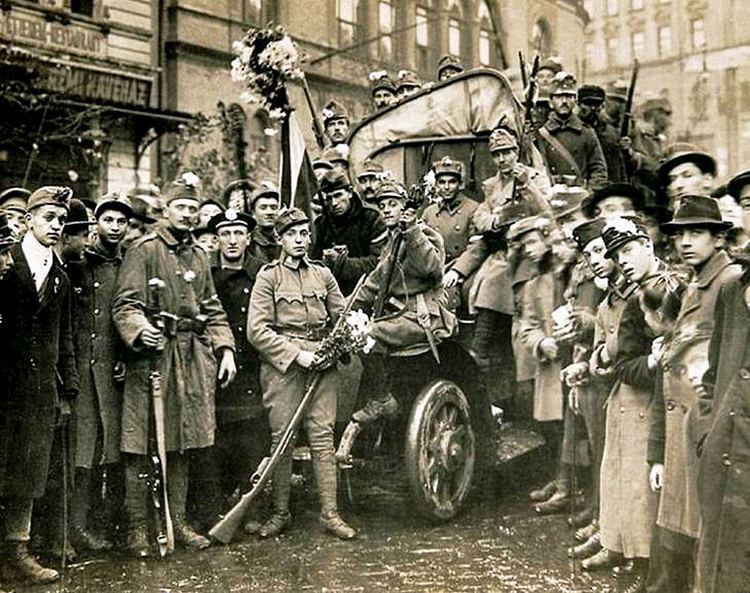 | ||
The Aster Revolution or Chrysanthemum Revolution (Hungarian: Őszirózsás forradalom) was a revolution in Hungary led by Count Mihály Károlyi in the aftermath of World War I which led to the foundation of the short-lived Hungarian Democratic Republic.
Károlyi had helped establish the social democratic Hungarian National Council (HNC) which demanded the secession of Hungary from the Austro-Hungarian Empire. In the early morning hours of 31 October 1918, with support of the soldiers from the Hungarian Army, HNC protesters wearing the aster flowers helped seize public buildings throughout Budapest. Prime Minister Sándor Wekerle resigned and former Prime Minister István Tisza was murdered.
By the end of the day, King Charles IV had accepted the coup and appointed Károlyi as Hungary's new Prime Minister. The Hungarian Democratic Republic was proclaimed on 16 November 1918 with Károlyi named as president.
In March 1919, the republic was itself overturned a revolution which created the communist Hungarian Soviet Republic. The Soviet Republic was soon defeated and, after a brief revival of the First Hungarian Republic, the monarchy restored although as an independent country.
